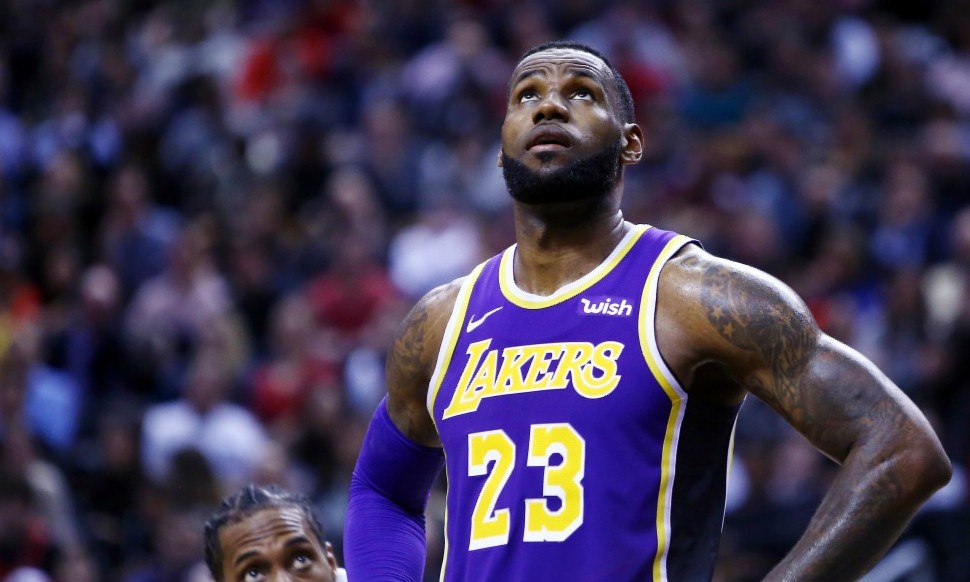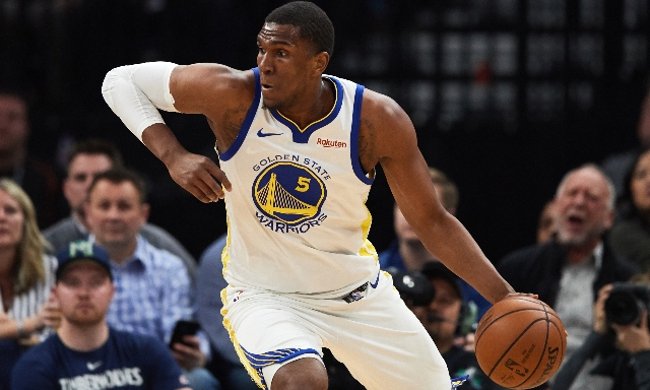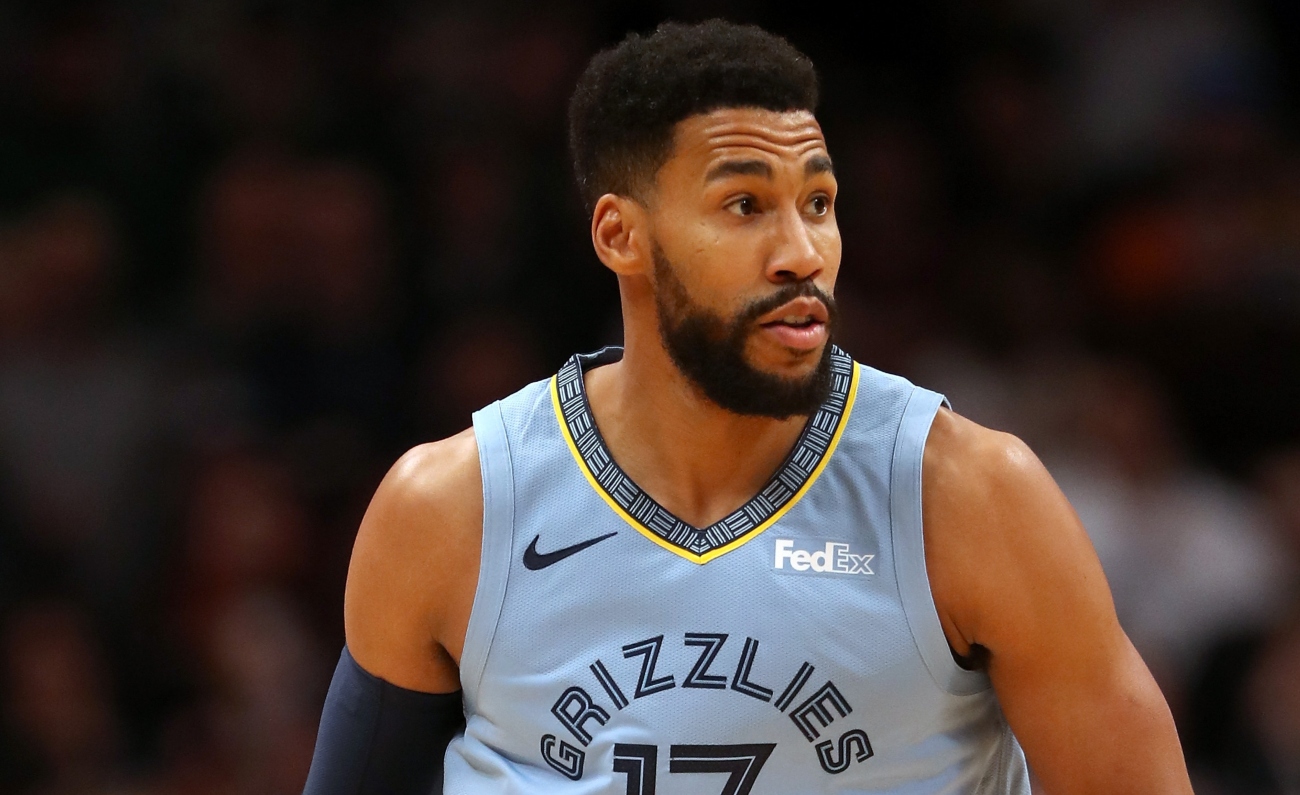
UPDATE: So, yeah, the Lakers now have max room, but some of this could still be useful as they will need to fill out their roster with minimums and the room exception.
After completing the Anthony Davis trade, the Lakers will have about six players on their roster and $23.7 million in cap space. Setting aside whether the Lakers should have negotiated a later trade date to secure a third max slot, this is the most likely path the team will have to start the offseason, assuming that Anthony Davis secures his trade kicker.
With that amount of space, they likely aren’t in contention for free agents in the top few tiers, and given the thin nature of their roster presently, it would make the most sense to build depth with solid signings rather than spend it all on one player, who isn’t a top tier star. Jeanie Buss may have full confidence in Rob Pelinka to fill out the rest of this roster, but the Dime staff thought we’d give him a few suggestions on how to maximize this season of LeBron James and Anthony Davis using their remaining resources.
This is the roster the Lakers are working with once acquiring Davis: LeBron James, Anthony Davis, Kyle Kuzma, Moë Wagner, Isaac Bonga, and Jemerrio Jones. Presumably, the team will also sign 2019 second-round pick Talen Horton-Tucker after buying a pick, and will sign him after free agency, as they can go over the cap to do so. That means the number one priority should probably be a point guard, and a backup for good measure.

Darren Collison is a free agent with the Pacers. A Los Angeles native who starred at UCLA, Collison would instantly become the starter for the Lakers by signing for $9 million. If he brings his 42 percent three-point shooting over from Indiana, that would be a substantial upgrade over the outgoing Rajon Rondo. The Lakers have already given two-way standout Alex Caruso a qualifying offer, so he can either sign a new deal or come at the minimum if cap space is at a premium to be the backup one.
At the two, retaining Reggie Bullock is the most logical outcome. The Lakers can retain his Bird rights by extending a $4.75 million qualifying offer, and then go over the cap to negotiate a deal once the rest of their moves are complete. Keeping Bullock around also gives the team a useful trade piece now that the Lakers don’t have a moveable first-round pick until 2027. For backup shooting guard depth, there are two former LeBron teammates – Kyle Korver and J.R. Smith – who should be hitting the waiver wire fairly shortly and could come to Los Angeles on veteran minimum deals after they take care of their cap space.
The Lakers already have sufficient forward depth with James and Davis starting at the three and four and Kuzma coming off the bench. Horton-Tucker and Jones are essentially threes as well. Los Angeles will need a center, however, and that’s where they’ll once again shop at the Golden State bargain bin. After settling for JaVale McGee last summer, the Lakers should target Kevon Looney in the $7-8 million range to be their starting five. Ideally, that’s enough incentive to leave the Warriors, where Steve Kerr rarely let Looney start games.
For some backup big depth, the Lakers have Wagner, but his rookie season was a bit of a mixed bag. He can still space the floor around the James-Davis duo, but ideally, L.A. can get another veteran ring-chaser, someone like Jared Dudley. Dudley just finished a three-year, $30 million deal, and may be inclined to settle for less at age 33 to try and win a title with the Lakers. It would be a fun way to sucker punch the Clippers, where Dudley experienced the lowest point of his NBA career. Dudley can settle in as a backup four or even play the five when necessary in small-ball lineups. Ideally, Davis will be playing more center in the playoffs, but this is a regular-season signing.

The only tool the Lakers would really have left after bringing in Collison and Looney into cap space is their room exception, which comes in at just south of $5 million. That should be used on another guard who has some creative juice and shooting. Seth Curry fits that bill to a tee, but he may balk at such a low offer. The Lakers could try to keep Garrett Temple in Los Angeles with the room exception. He doesn’t have much offensive juice anymore, but he is a beloved veteran, a capable 1/2 defender, and he shot well on a small volume of threes for about five seasons before getting to the Clippers.
To recap, with their $23.7 million in space, the Lakers spend $4.75 million on Bullock’s cap hold, $9 million on Collison, $7-8 on Looney, a minimum qualifying offer on Caruso, and the room exception on Temple. Here is what the Lakers’ roster would look like, assuming Bonga and Horton-Tucker spend the majority of the year in the G League.
PG: Collison | Caruso
SG: Bullock | Smith/Korver | Temple
SF: James | Jones
PF: Davis | Kuzma | Dudley
C: Looney | Wagner
Should Davis waive his trade kicker and/or they find a way to unload Bonga, Jones, and Wagner, then they would have even more flexibility to possibly add someone like Seth Curry to this list, but that’s assuming something that, as of now, isn’t there. With what they have, this may be the best route to fill out the roster with quality and depth, rather than using all of their cap space on one guy and hoping to fill in the gaps with all min deals.
It’s not a three-star superteam, but that’s a roster that could win a Western Conference without Kevin Durant. Looney can switch at the five, there’s a decent amount of shooting and defense on the perimeter, some positional versatility to allow for roster flexibility in the frontcourt, and Korver and Smith could take it easy during the regular season and be super-sub assassins for the playoffs. And, of course, James and Davis are presently the best duo in the league.






